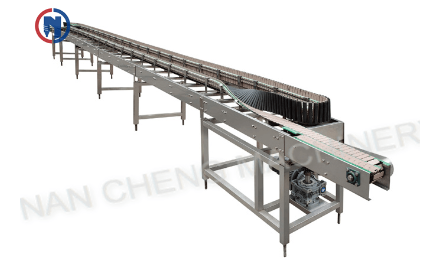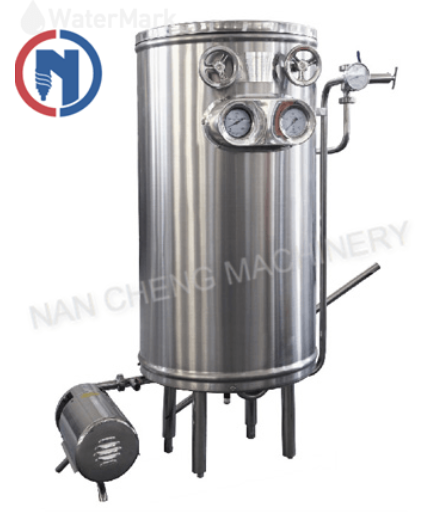Call us : +86-13601566060
+86-13921994358
Send us an Email : peter@chinancjx.com
Visit Us : 9 Tongxin Road, Leyu town, Zhangjiagang City, Jiangsu Province, China
![]() WhatsApp: +86-13921994358, +86-13601566060
WhatsApp: +86-13921994358, +86-13601566060
Sterilization involves the process and use of sterilization systems in the elimination or the removal of all kinds of microorganisms completely from the surface of objects.
The process is made possible through the application of chemicals, heat, high pressure and radiation. Objects that have undergone various sterilization process are usually called sterile.
There are several methods by which sterilization is being carried out.
The various methods of sterilization process are explained below.

This technique ought to be utilized exclusively for materials harmed by liquefied heat or those that are not easily penetrable to liquefied heat. Examples include, oil based goods, powders and sharp instruments).
Advantages of using dry heat
· The major benefits of using this method include:
· It has no effect on the climate and it is usually non-toxic
· The device works at low cost and also not difficult to install
· It has the ability to penetrate materials
· It is a non-corrosive device used for sharp objects and metals.
Disadvantages of using this device
· The process of consuming microorganisms takes a lot of time.
· The rate at which heat penetrates materials is usually slow
Moreover, the use of high temperatures are usually not suitable for most materials.
Types of Dry-heat sanitizer
There are basically two kinds of dry-heat sanitizer
· Forced air type:
It is also called a mechanical convection sanitizer. This device is furnished with an engine driven blower that usually disseminate warmed air all through the chamber at a high speed, allowing a faster exchange of energy from the air to the instruments.
· The static-air type:
It is also known as stove type sanitizer. This type of dry-heat sanitizer has the ability to heat up coils right beneath the unit making the hot air ascend inside the chamber by means of gravity convention.
This kind of dry-heat sanitizer is a lot slower in terms of heating. It also takes time in reaching the disinfecting temperature, and is less uniform in temperature control all through the chamber than is the forced air type
Cleansing process by ionizing radiation, principally by cobalt 60 gamma beams or electron gas pedals, is a low-temperature disinfection strategy that has been utilized for various clinical items (e.g., tissue usually for transplantation, drugs, clinical gadgets).
There are presently no FDA-cleared ionizing radiation sanitization processes for use in medical care offices. Due to high disinfection costs, this technique is a troublesome option in contrast to ETO and plasma cleansing in medical services offices yet this method is still reasonable for huge scope sanitization.

This method used to artificially sanitize with the help of liquids immiscible heat-delicate, and reusable clinical gadgets.
At the point when a gadget is disinfected synthetically using liquids, it is totally submerged in a functioning sanitized homogeneous mixture within a timeframe at a controlled temperature and concentration. Several applications of dry-heat sanitizer include: Medicine and surgery, food and spacecraft.
It doesn’t matter what industry you work in or operate in, sterilization is a very vital component of most industries, including medical water and beverage production facilities and what have.
So, in order to ensure that your products have the desired end quality, buying and using a high quality sterilization system is very important.
For more information on our products and services, kindly click here to contact us for a purchase or consultation.
By continuing to use the site you agree to our privacy policy Terms and Conditions.